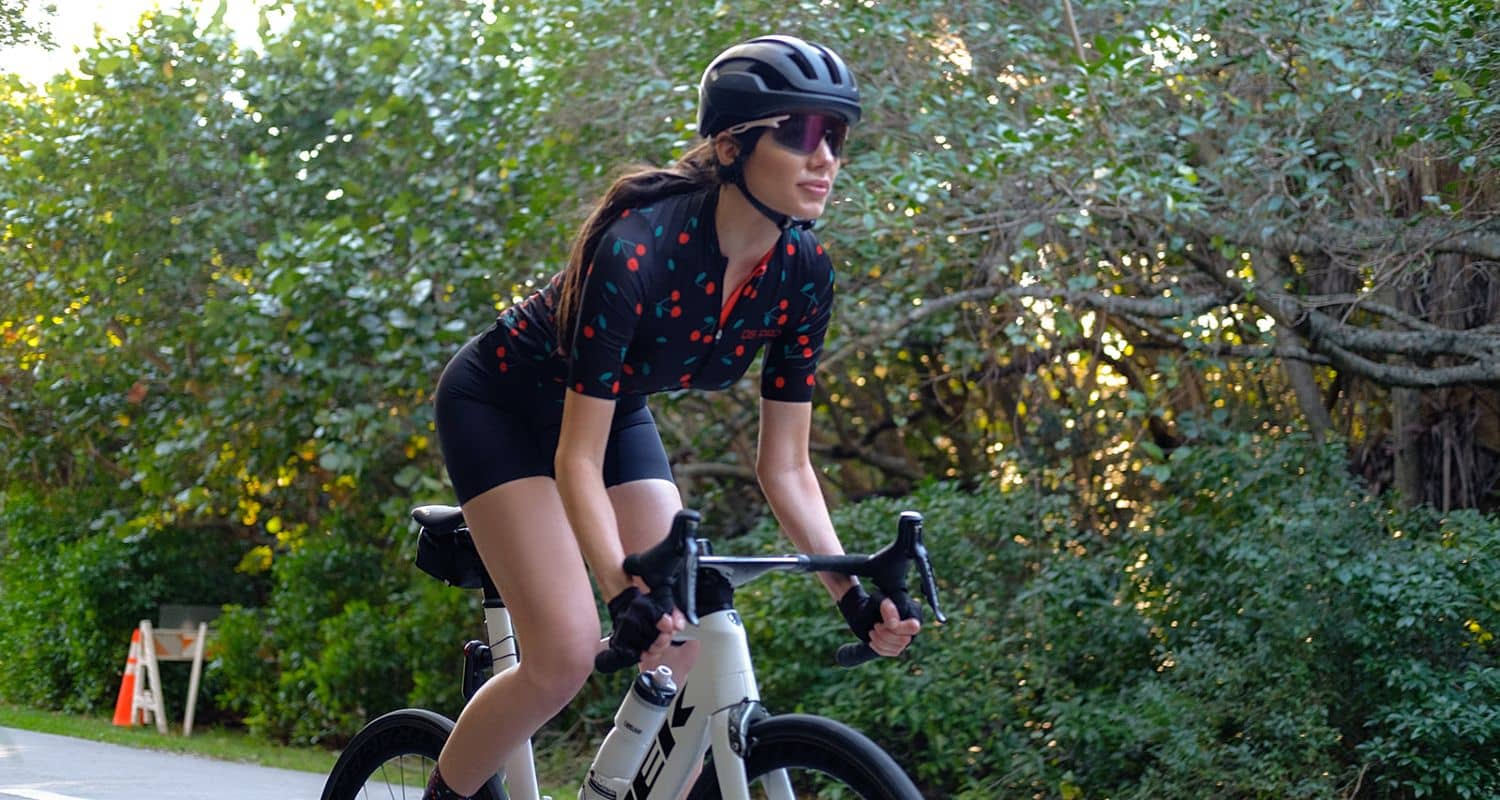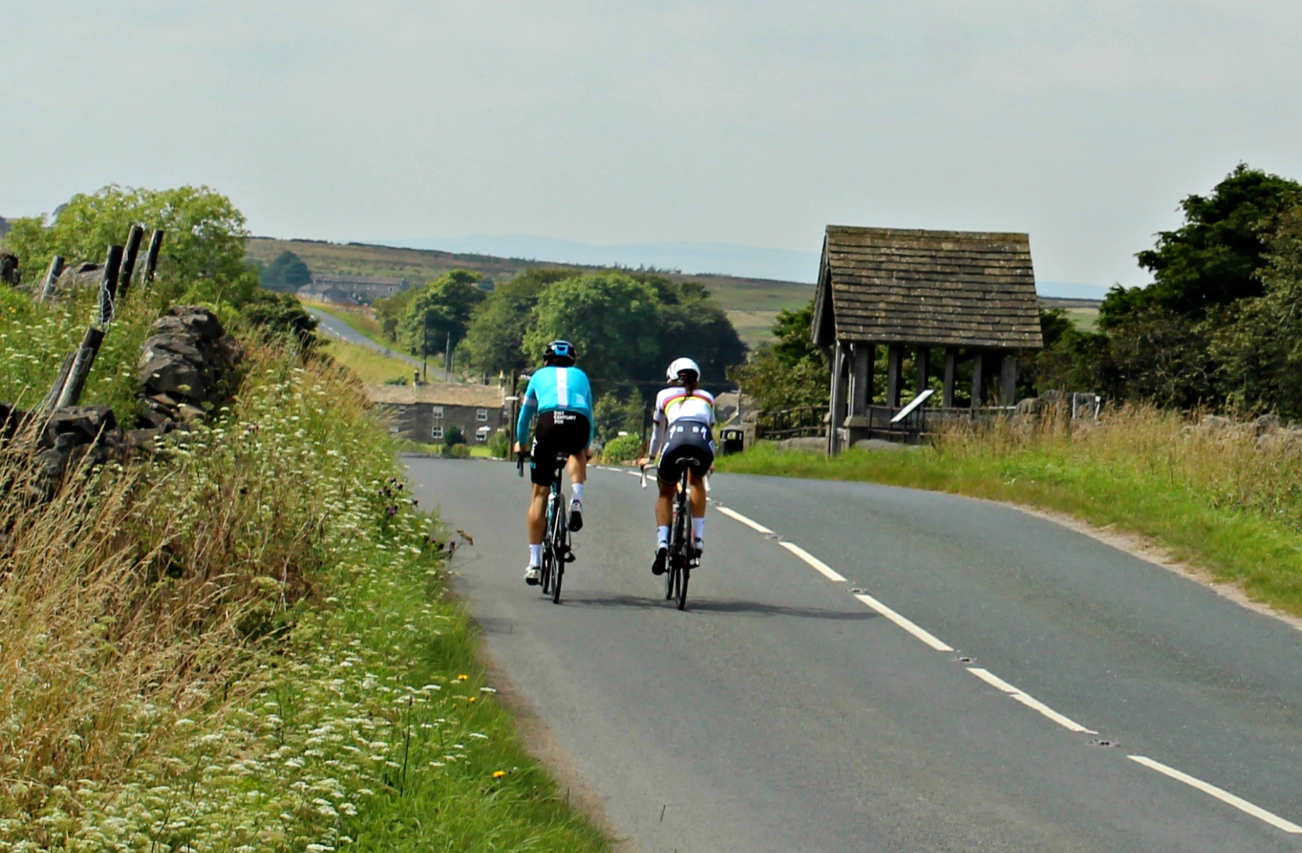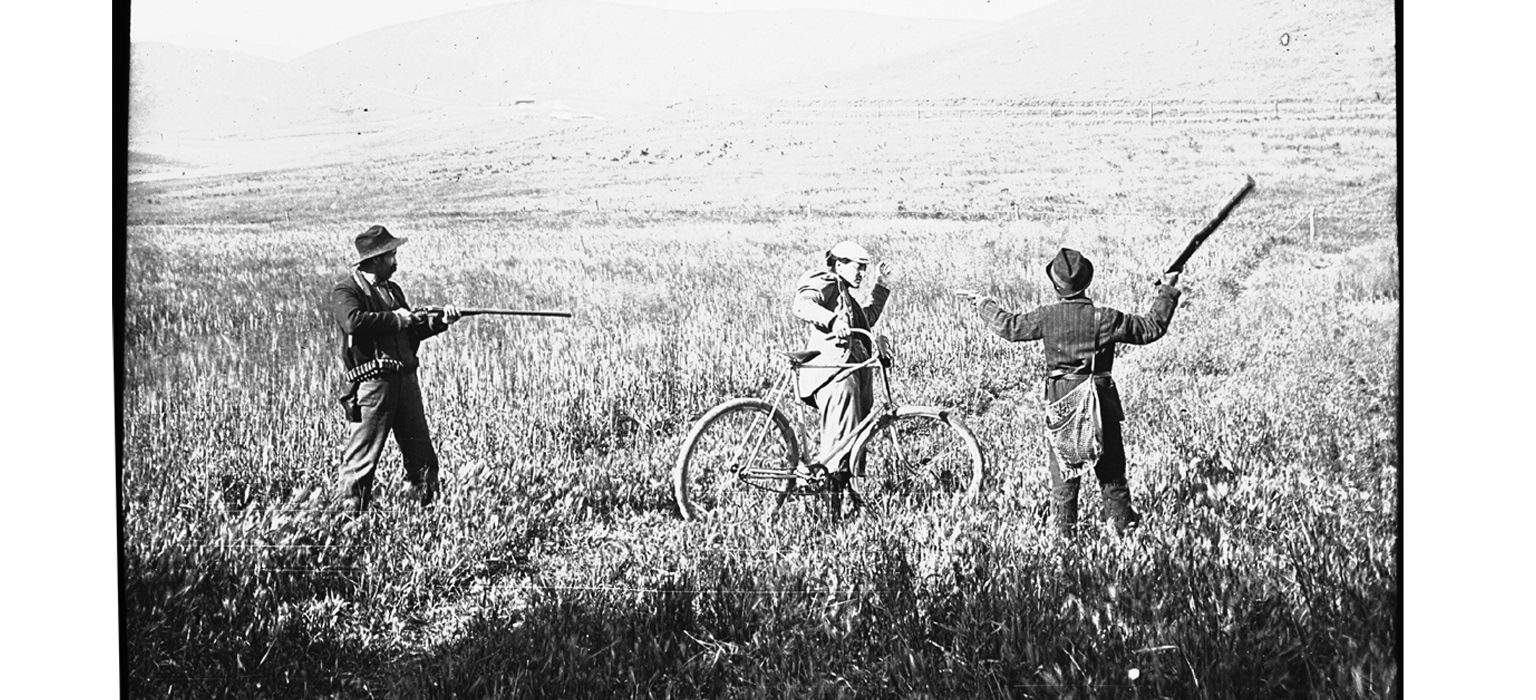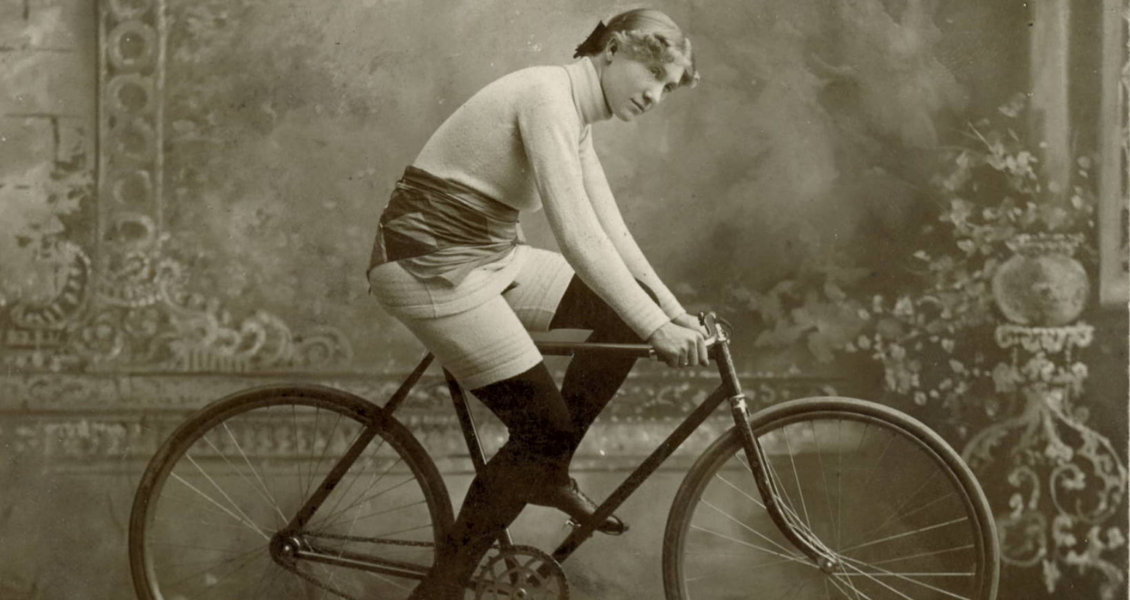Who doesn’t love cycling? It’s convenient, enjoyable, and gives you a good cardio workout. Cycling, however, has more to give human civilization than that. As it turns out, cycling has become an important tool for gender equality. If you’re wondering what bikes have to do with gender equality, don’t worry; there’s plenty of explanation in the sections below.
Bicycles and How They Advocate for Gender Equality
The use of bicycles in advocating for gender equality stretches back to when the term “velocipede” was still used. By the end of the nineteenth century, this early version of bicycles took the world by storm, and women wanted to be a part of the thrill, too!
Bicycles were popular due to their low cost and adaptability. They required less upkeep than horses in the 1800s. This mode of transportation also provides more autonomy because it is less reliant on fares and defined routes. Bicycles do not require a license either. As a result, for women who were previously tied to their homes and reliant on horses or male relatives, bicycles provided a way of independent movement.
Because of the characteristics of the single-seat bicycle, women began to ride without chaperones more regularly, enabling them greater social liberties and independence. Munsey’s Magazine even mentioned that the invention of bicycles was a tool for women upon which they rode into a different era.
Regrettably, despite the popularity, riding bicycles (along with many other activities) was considered inappropriate for women at the time. Female riders in the early days suffered social shame, wardrobe concerns, and even sometimes harassment. Even with the obstacles, more and more women started riding bicycles since they could easily go without an escort, turning bicycles into a militant symbol of independence.
Cycling also heralded the entrance of less constraining clothes for women in Europe and North America as the Victorian dress reformation took off, spawning new utilitarian fashion that permitted women to participate in physical activities and adventure outdoors more comfortably. Bicycles were also particularly important in the women’s suffrage campaign because they allowed Victorian women to gather more easily to plot political action. They became symbols of women’s independence and recall images of the early international feminist movement even today.
The Women Who Pioneered the Way in Cycling
Bicycles have enabled previously inconceivable acts and interactions, from allowing young individuals to mingle without the supervision of clergymen to ultimately freeing ladies from the restraints of corsets and huge dresses. It’s not surprising that many women’s suffrage activists were also avid cyclists. Bicycles provided women’s suffrage independence, allowing them to become more conscious of the social atmosphere and openly communicate with one another.
The New Woman, as characterized in the press at the time, was independent, self-sufficient, and prominent. Likewise, as bicycles became more popular, wheelmen clubs emerged. While many of these groups were only for men, several made space for young wheel women who wanted to participate. Women began participating in sporting exploits as they got more athletic. In the 1890s, women were allowed to compete in six-day races designed to test men’s endurance. Women competed in order to equal males in bicycle sports. Here’s a few inspirational women, who helped to drive wiomen’s cycling and cycle sport forward, as inspirational fugures.
1. Connie Carpenter
At the 1984 Los Angeles Olympics, the first Olympic cycling race for women was held. Connie Carpenter of the United States won the event. Following then, women’s professional cycling progressively gained popularity until the 1990s.
2. Londonderry Kopchovsky
Londonderry Kopchovsky became the very first woman to travel by bicycle across the world in 1895. Despite tales of her trip and fitness have been questioned, her trip was highly publicized, and she funded it through advertisement and sponsorship.
3. Cissie Colreavy
Cycling was also popular in Australia in the 1890s. Cissie, like her mother, had a passion for cycling and was one of the few women in Australia to compete in bloomers rather than a dress. From there, she dominated the competition as she raced across the country.
4. Beatrice Ethel Grimshaw
Beatrice was neither an explorer nor a sportsperson. She started her career in journalism in 1891 and was the first female cycling reporter on record. She apparently enjoyed relaxed century rides and once finished a 24-hour race.
5. Nora Young
Nora Young, a Canadian racer, came frighteningly close to defeating boys in a 50-mile event on a single-speed bike. Young also participated in a variety of sports and would have most certainly qualified for the Olympics in at least one of them.
6. Tillie Anderson
Tillie Anderson was a Swedish immigrant who arrived in Chicago in 1889 as a teenager. Like other young women at the time, Tillie saved for a bicycle – but, unlike many women on bikes, she began racing. She raced in 130 races and took first place in 123 of them. In 1895, she took part in a race over the Elgin-Aurora (Ill.) century course and finished the race with a time of 6:59:30, beating the previous women’s record for that course by 18 minutes. This being her first race quickly helped to set her mark in the history of women’s cycle sport.
Women and Bicycles in Today’s Setting
Despite the bicycle industry’s efforts to get more women on bicycles, women account for only 24.7 percent of riders. Only one in every three bike riders in Australia is a woman. Women continue to constitute less than one-third of regular cyclists in the United States. But, there are hints of progress on the other side of the globe. Cycling among women is gaining popularity in Saudi Arabia, with new cycling clubs emerging. Regardless of the fact that women are not permitted to ride bicycles as a mode of transportation, this is a significant development.
On the other hand, women’s bicycle rides in England increased by more than 50% by 2020. Cycling advocacy groups stated that the data demonstrated the possibility for many more women to cycle if streets were made safer.
The Journey Continues
Developments are also taking place in the realm of women’s professional cycling. Finally, the UCI and the sponsors are beginning to accept that women have a right and the ability to compete. Pro Cycling women finally competed in and were able to win the first authorized women’s Tour de France cycling event in 33 years, despite competing against the sport’s male-dominated flagship event. Yes, it was a shorter event, but it’s a start; and, the Strada Bianche (White Roads) event in early spring, now has a womens event on the same day as the mens raace. Also, remember the newsheadlines in our sport, just three years ago, when CheriePridham became the first women DS at World Tour level, opening the door for others to follow.
There’s still a long way to go, and women need to be seen as equal athletes, and not just a nice addition to an event. Cycling is the perfect sport and activity for this drive in equality to take place, and we’ll keep turning the wheel until it’s achieved in full – so, watch this space!














